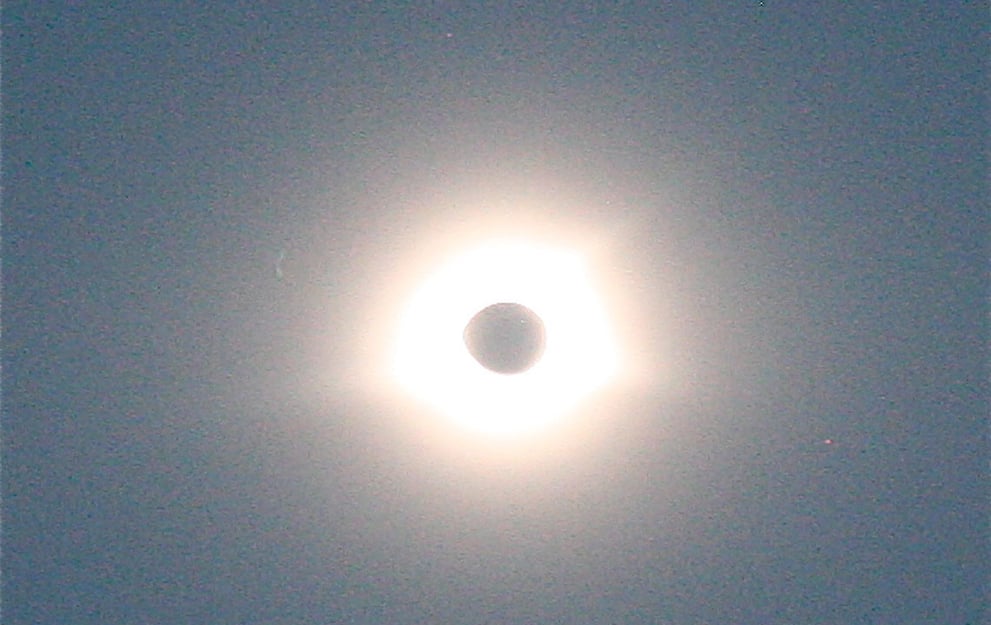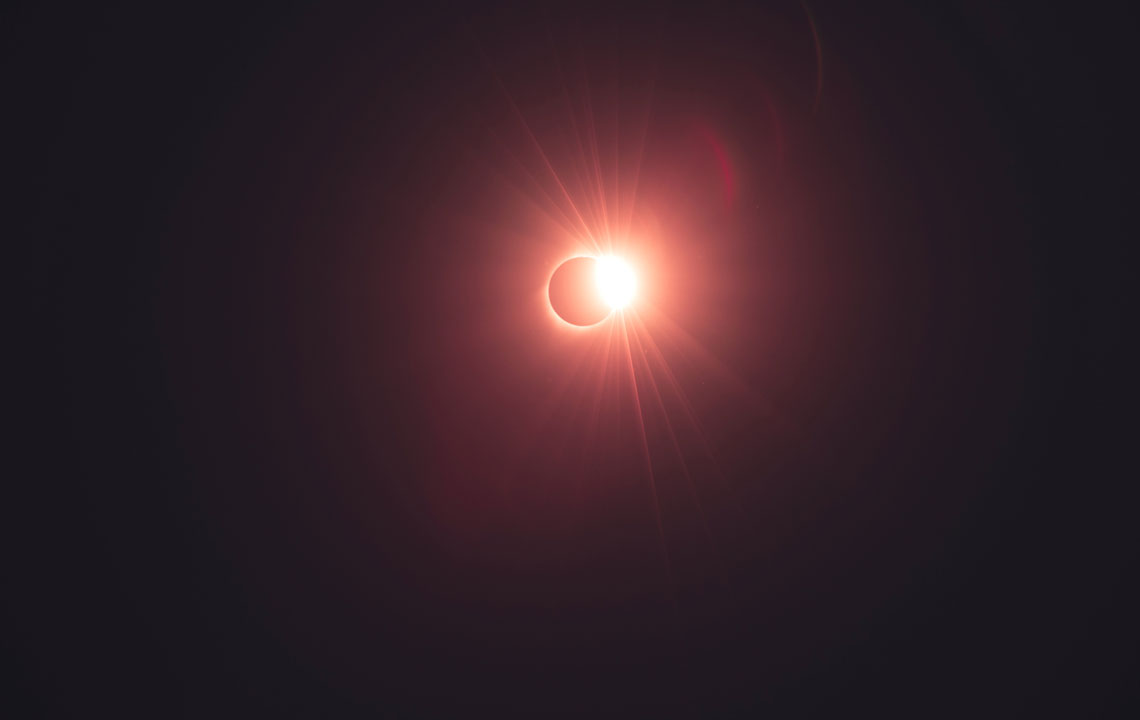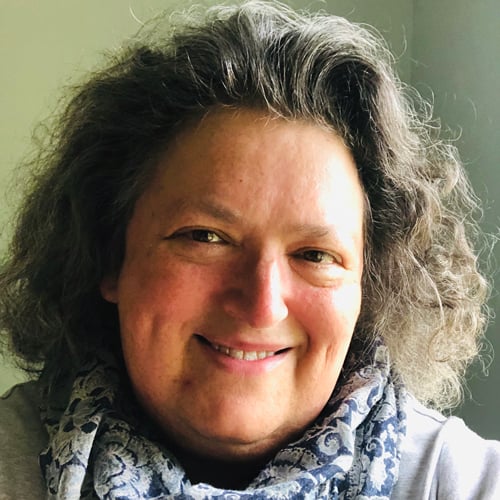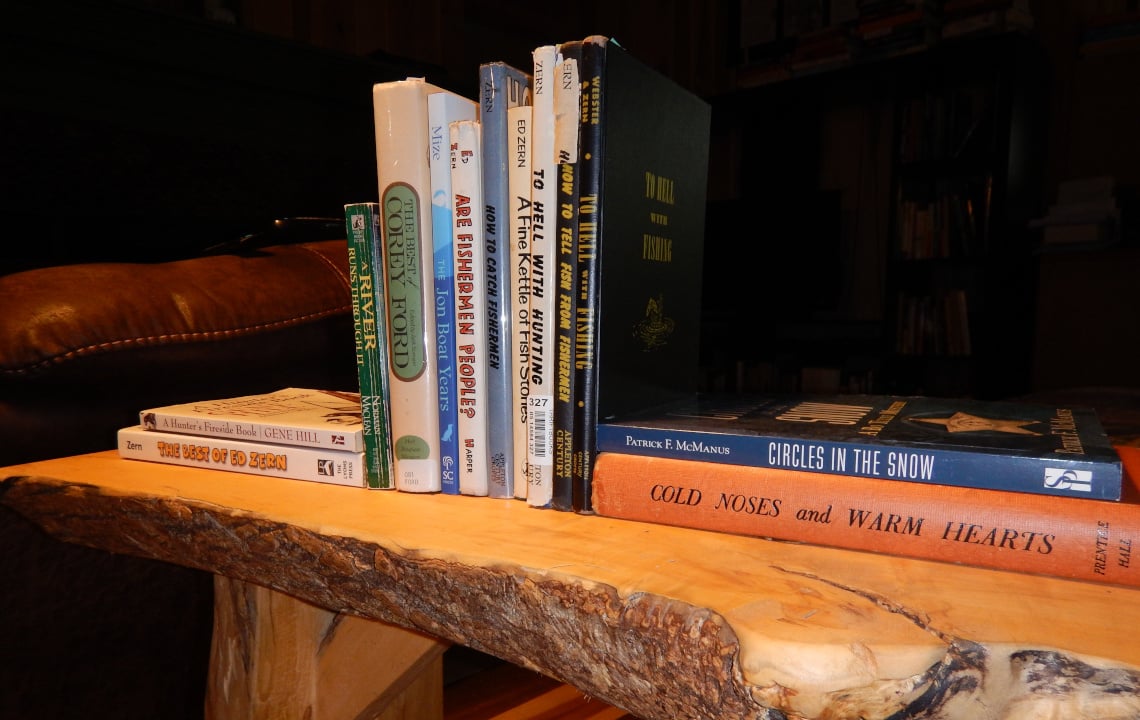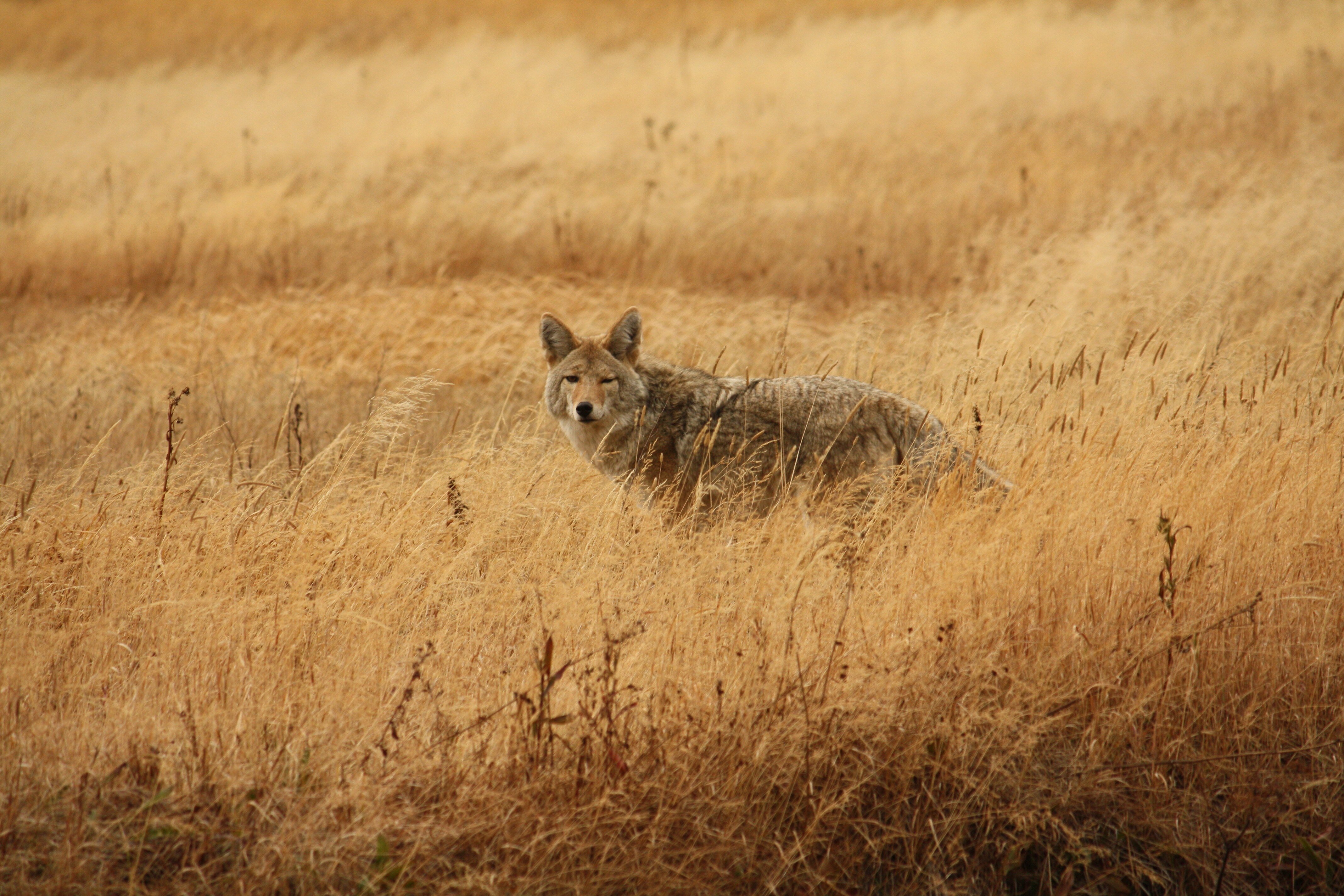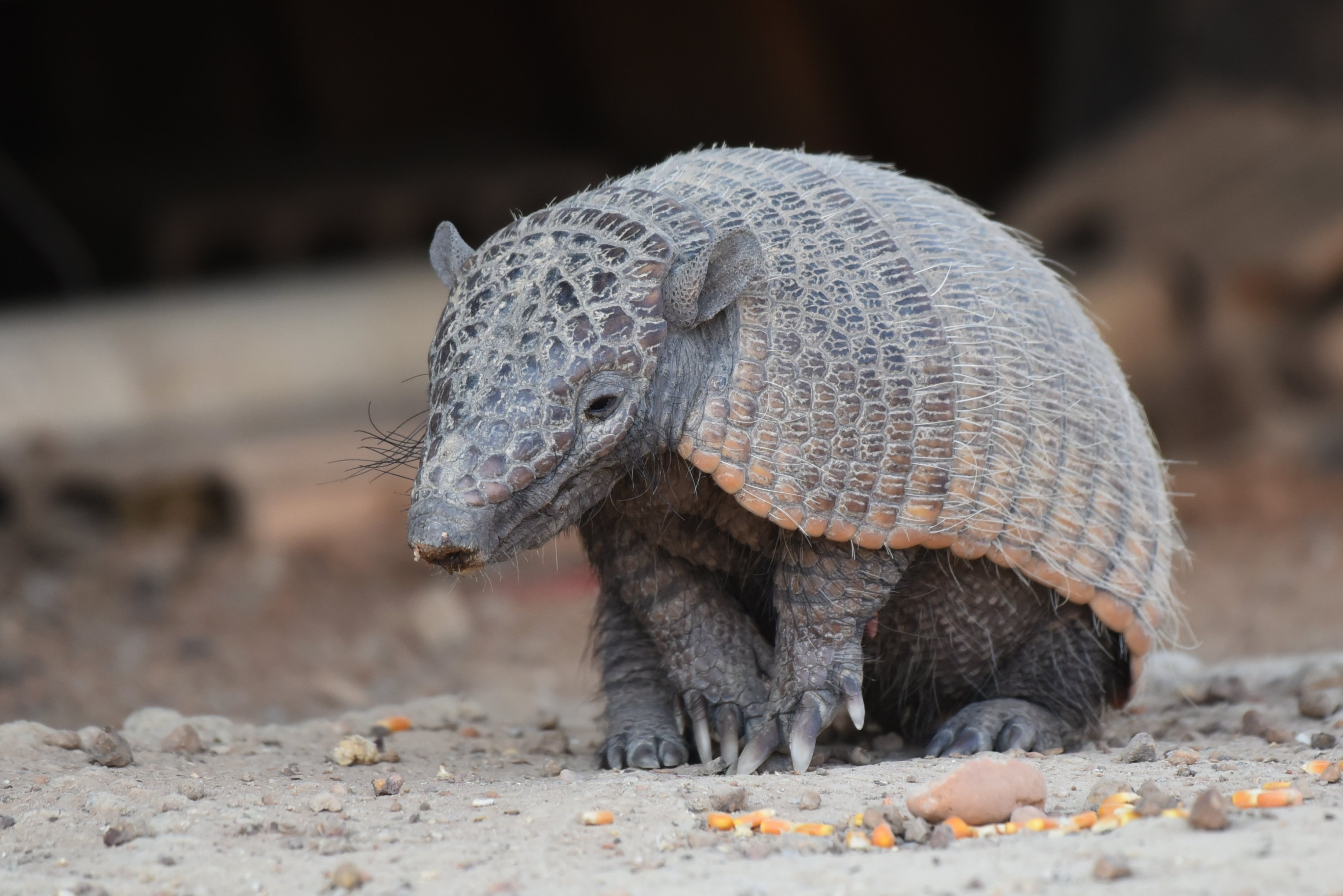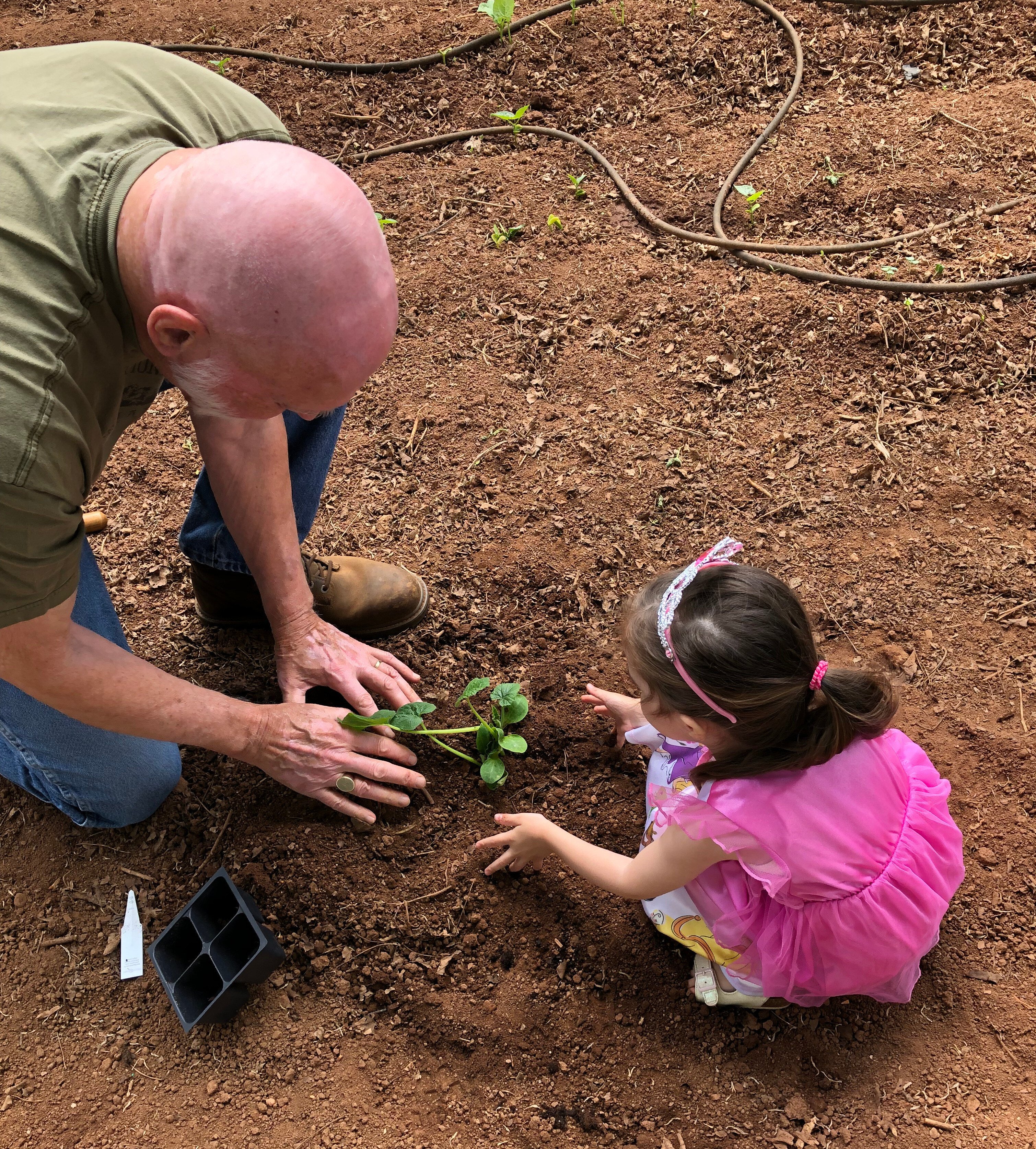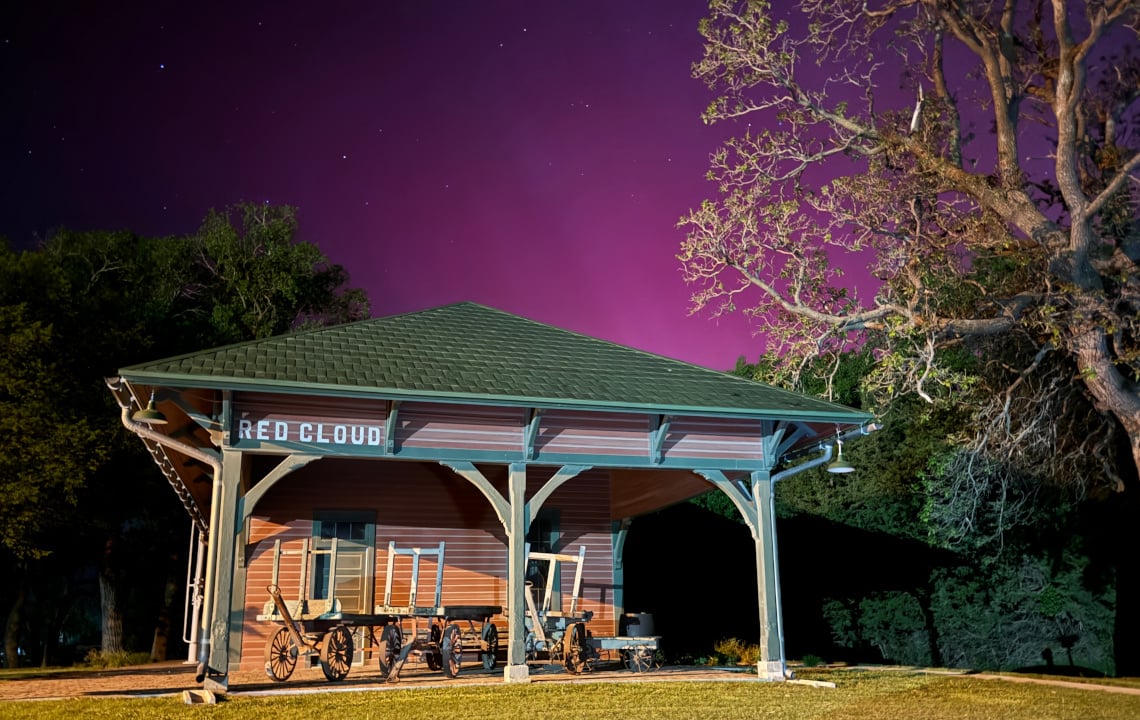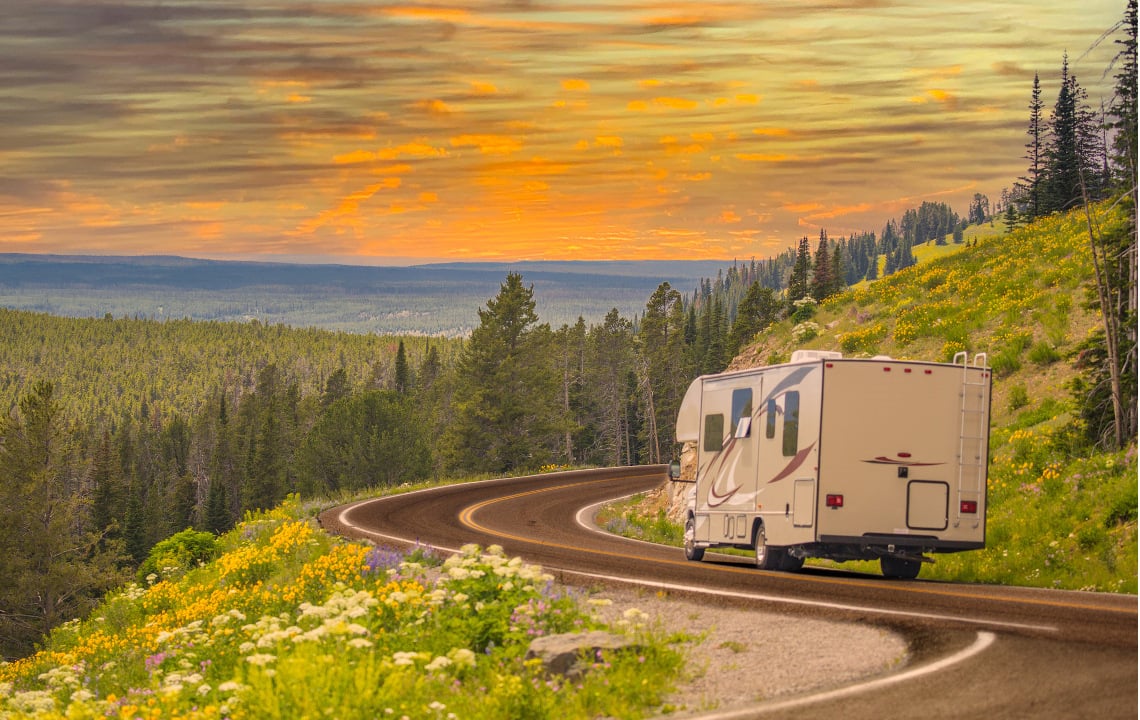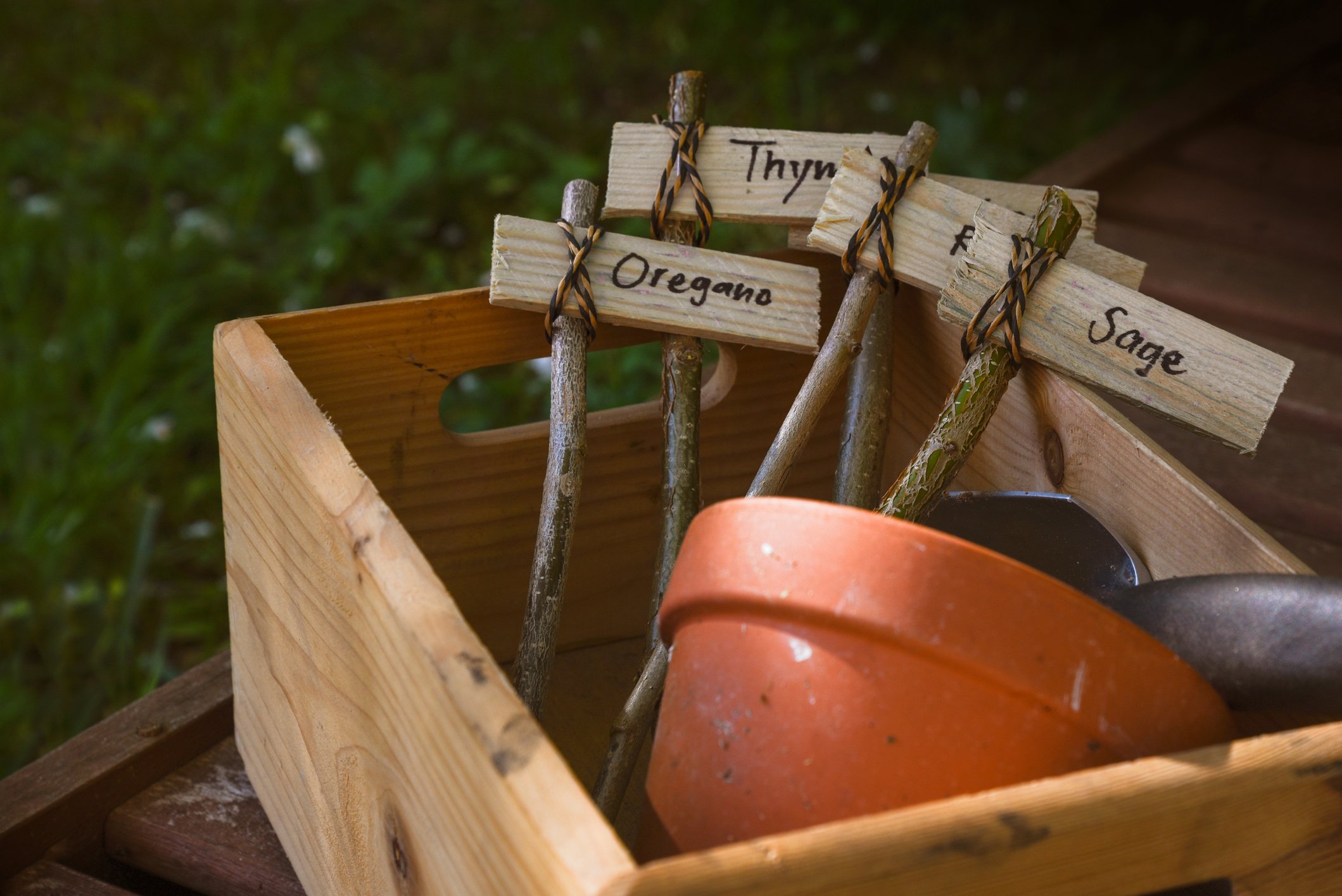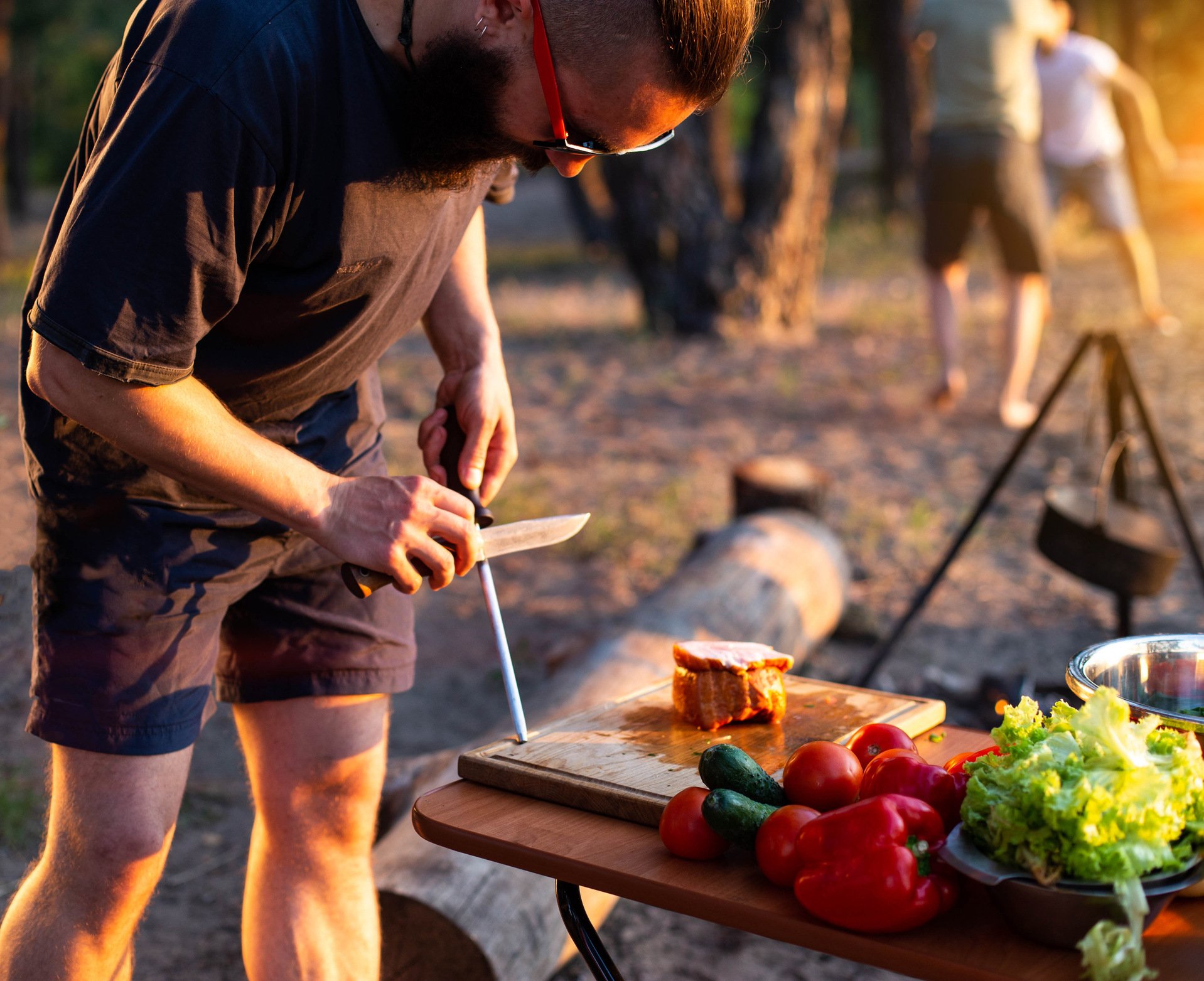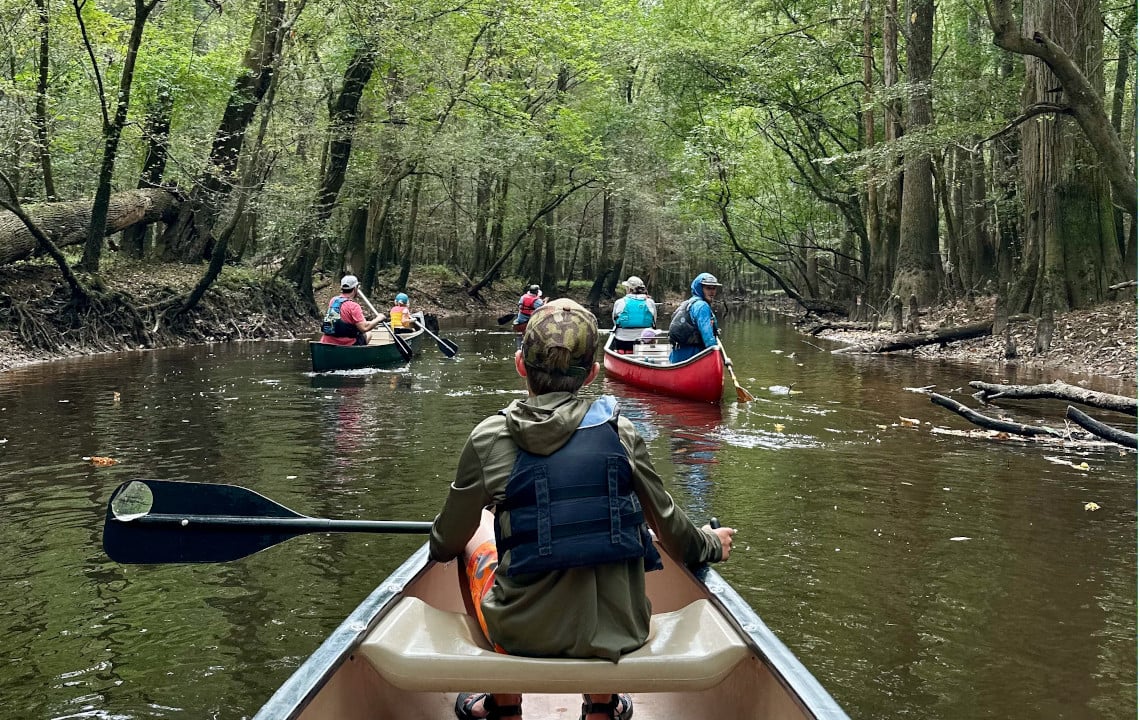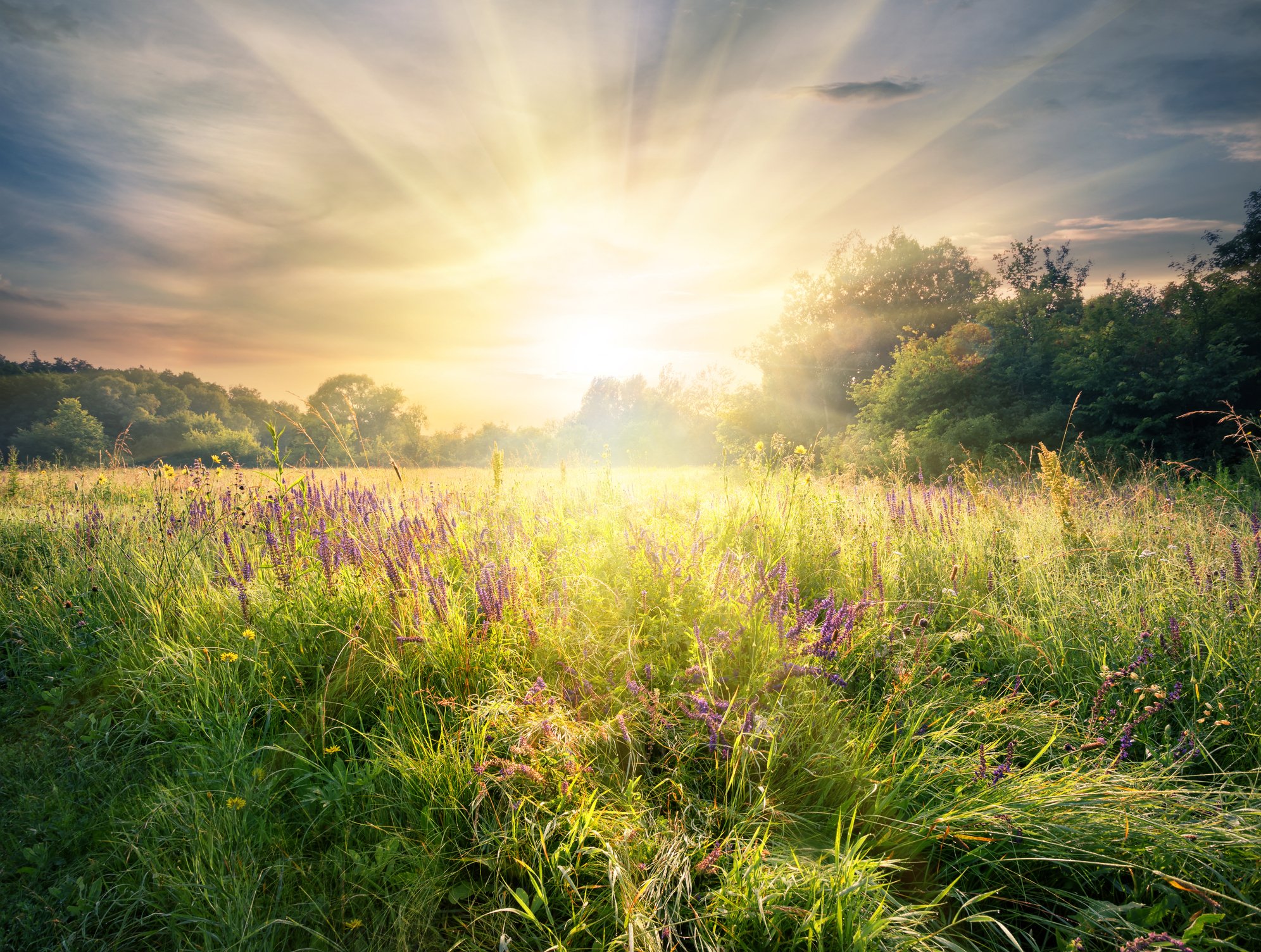Rethink:Rural's "Farmwife at Midlife" offers a beautiful narrative of her experience watching a total eclipse in a secluded rural setting.
A year ago I learned that part of Kentucky, not too far down the pike from our farm, would fall under The Path of Totality. At first I thought, “Ah, we’re just barely northeast of the umbral path that will cut across Tennessee to our south and we’re just over 100 miles east from Hopkinsville, Kentucky which was the ‘Point of Greatest Eclipse.’” So for the past year I’ve been thinking that we could experience the best of this historic eclipse right here from the comfort and beauty of our own farm. Wrong. Very wrong!
 As this summer progressed, and after Monday’s pageant, I realized how wrong I had been. 99% partial eclipse vs. 100% is the difference between, well, night and day. I would learn a partial eclipse, even with a thin sliver of light in an almost total event, throws so much of it as to alter the full experience—like opening a door in a darkened theater just enough to annoy those gathered.
As this summer progressed, and after Monday’s pageant, I realized how wrong I had been. 99% partial eclipse vs. 100% is the difference between, well, night and day. I would learn a partial eclipse, even with a thin sliver of light in an almost total event, throws so much of it as to alter the full experience—like opening a door in a darkened theater just enough to annoy those gathered.
On a mission to see totality
Experiencing eclipse totality became a mission in recent weeks. My uncle, a retired doctor, has lived in northern Tennessee for several decades and even though he is a few hours south we don’t often have a chance to see him. We arranged to meet him that morning: myself, my husband, both sons, and a few of their friends. We drove on quiet, wandering roads—through small Kentucky crossroads like Flippin, Gamaliel, Bugtussle, on down into Red Boiling Springs, Tennessee, and then to our destination, a few towns to the west. This was both to be practical—it was the shortest route—but also to avoid what would be epic traffic snarls along larger interstates and corridors.
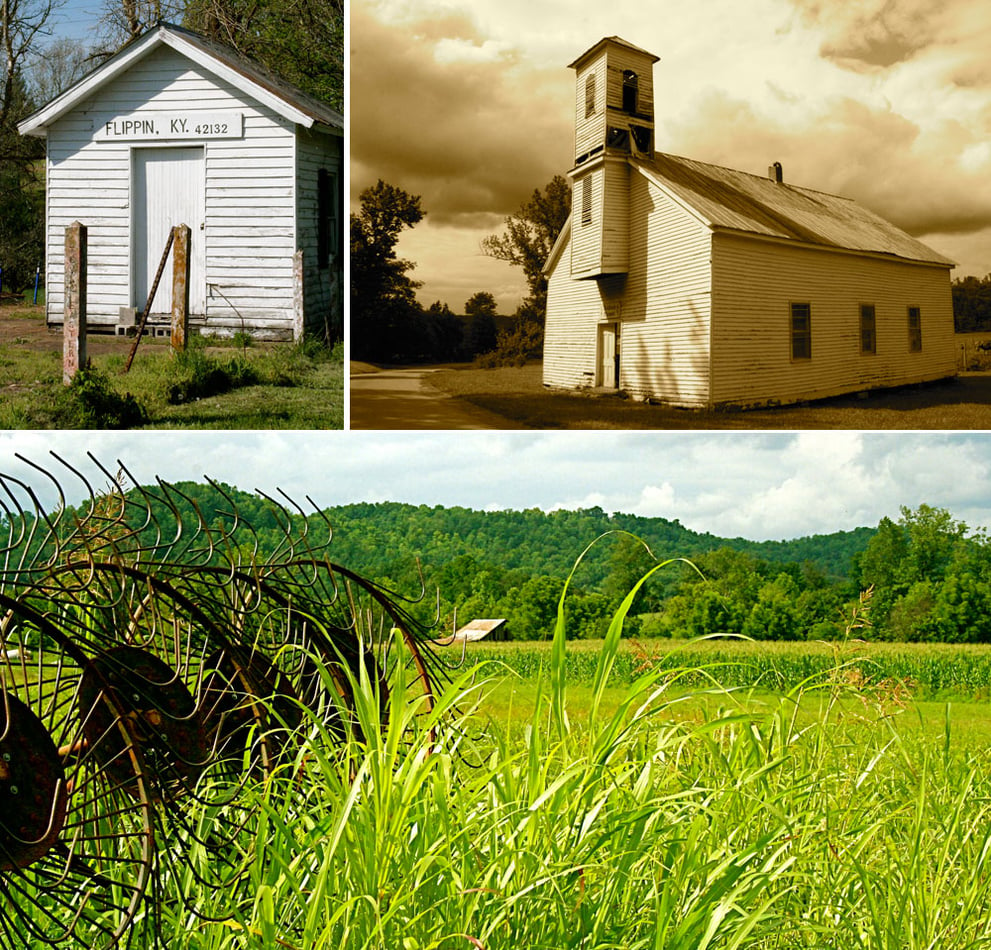
Above: Some of the views the author enjoyed on her country drive to Tennessee to see the total eclipse Aug. 21, 2017.
By the time we finished lunch in town around 1 p.m., the moon had begun to bite its way across the sun. The duration of totality would be just under two minutes, beginning at 1:27 Central Time. With only a few minutes to spare we headed west of town and, quite spontaneously, parked in a lot that looked out over tobacco fields to the south. We were under clear blue skies and a very hot summer day. We set up chairs, distributed glasses.
The light changes
With growing stealth the light changed as it cast a surreal quality to the landscape. It was like a dimmer switch had quieted the vast expanse of sky—not stealing away the light to the west as at twilight while a wall of dark advances from the east, but slowly diminishing it all around you at once. Then it got very still and noticably cooler in the shadow of the sun. We saw a bat, heard a coyote, and then came the evening song of a lone bird off towards a corner of the large field.
It wasn’t as at sunset, when you know the day is over and all of the earth’s creatures are ready to sleep. It was more of an ominous and lingering pause—an overwhelming sense of what’s next and what will happen? A translucent shroud then fell over our small patch of earth and we were in the moon’s shadow. To the west from where the umbra had come it appeared pink and gray, as at sunset. Meanwhile, in the sky, the “diamond ring” effect occurred on the western part of the sun where the last bit of light was extinguished by the moon before going into totality.
 Above: The author's family watches as the total eclipse approaches.
Above: The author's family watches as the total eclipse approaches.
And there it was: the sun and the moon above us, fused together in a rare symbiotic dance. Only then were we able to look right in the face of the sun, protected by our moon. We saw the beautiful corona, a solar crown that danced and glimmered and dazzled before us—a chance to look at the sun’s radiance without harm and only visible in a total eclipse.
Standing in the shadow of the moon
We stood still in this moon shadow—among three generations of my family and a few young friends. The earth paused and there we were: diminutive and paled by the great wonder of it all, sharing a combined American experience that is so rare that few are lucky to experience it in their lifetimes. And then it was over almost as soon as it began. I had taken a few photographs with my limited means but otherwise just stood in awe.
It all felt healing and necessary—even a chance to thank the sun, for a brief few minutes, for giving us life, and food, and warmth, and energy.
Once again I was glad to be living in our beautiful Southern countryside and away from the crowds and cities, to be able to spend time with my uncle, almost 80, who has long been our family patriarch—with my husband and two of my three children who will one day share their stories of this day with subsequent generations.
The next total solar eclipse across North America will be on April 8, 2024. I am already making plans.
Top photo by Andrew Preble on Unsplash. All other photos by Catherine Pond.
